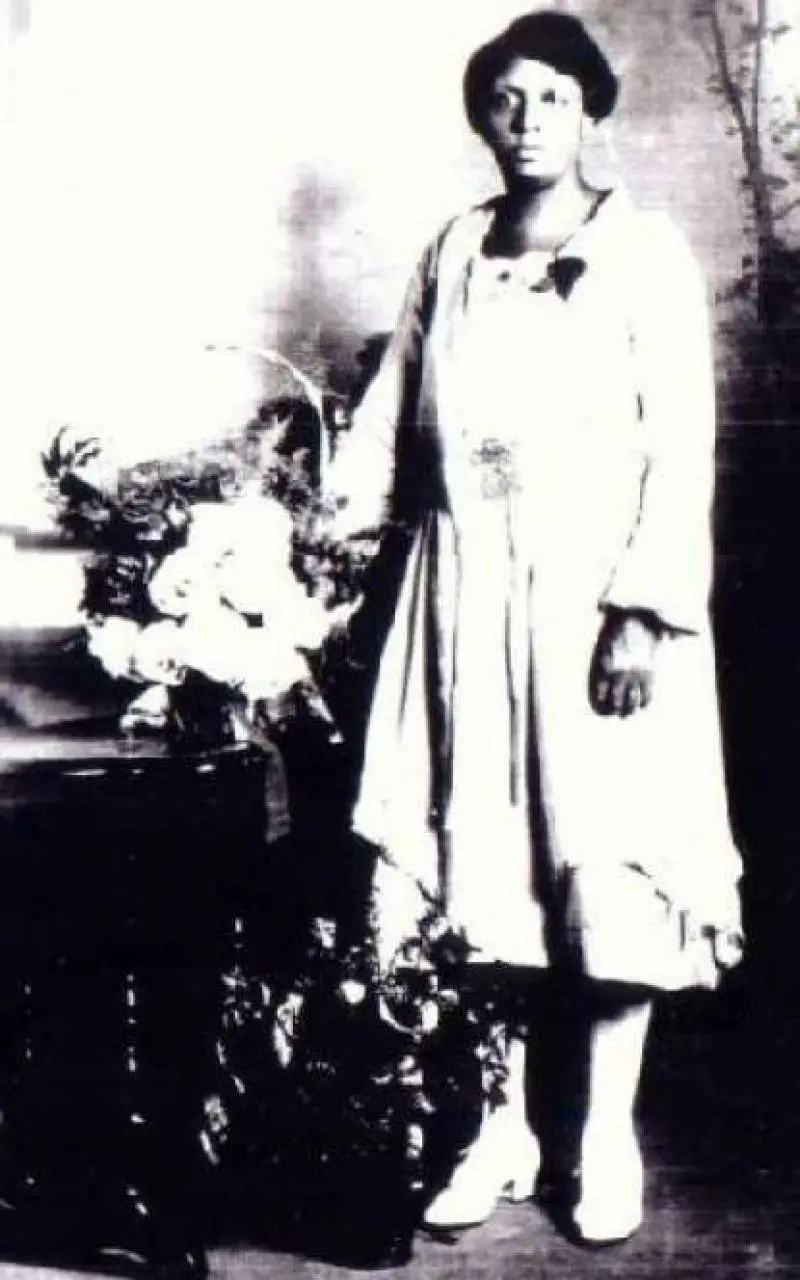
Mother Laura Adorkor Kofi, the UNIA, and Her African Projects
Mother Laura Adorkor Kofi, the UNIA, and Her African Projects
Highlights:
-
Rapid Rise in the UNIA
-
National Field Director
-
Partnership and Tension with Garvey
Mother Laura Adorkor Kofi, the UNIA, and Her African Projects
1. Her Role within the UNIA and Marcus Garvey’s Movement
-
Rapid Rise in the UNIA:
When Laura Adorkor Kofi arrived in the United States from West Africa in the early 1920s, she joined Marcus Garvey’s UNIA — at that time the largest and most influential Black nationalist movement in the world. Within months, she became one of the most popular speakers on Garvey’s platform, captivating audiences across the Deep South, particularly in Mississippi, Alabama, Georgia, and Florida. -
National Field Director:
Kofi was quickly appointed as a national field director for the UNIA, giving her responsibility to mobilize Black communities, recruit members, and spread Garvey’s message of economic independence, racial pride, and repatriation to Africa. Her oratory skills, deep cultural grounding in African spirituality, and self-presentation as a divinely chosen prophet distinguished her from other UNIA leaders. -
Partnership and Tension with Garvey:
While Garvey initially valued her as a powerful ally and “proof of Africa’s greatness,” tensions arose. Garvey, imprisoned for mail fraud in 1925, grew concerned that Kofi’s popularity might eclipse his own. From prison, he attacked her credibility and instructed followers to distance themselves from her. This conflict ultimately led Kofi to separate from the UNIA and establish her own movement.
2. Her Vision for Africa
-
Divine Mission:
Kofi claimed to have received a revelation that she was sent by God to help Black people “return to the Promised Land, Africa,” specifically identifying Kumasi (Ashanti region, Ghana) as a sacred center. Her message resonated with African Americans who were seeking spiritual and cultural reconnection with Africa. -
Liberation and Nation-Building:
Her speeches emphasized the creation of an independent, self-sustaining African nation for diaspora returnees. Unlike Garvey, who focused heavily on commercial schemes (such as the Black Star Line), Kofi spoke in terms of religious destiny and divine nationhood. -
Community Mobilization:
She advocated for:-
Land acquisition in Africa to build settlements for returnees.
-
Establishment of independent schools and churches in the diaspora as preparation for a sovereign community.
-
Cultural renaissance — reclaiming African languages, traditions, and pride as part of a Pan-African identity.
-
3. Practical Initiatives and Projects
While many of Kofi’s projects were cut short by her assassination, several initiatives reveal her direction:
-
Fundraising Tours:
She organized mass meetings where offerings were collected to support African projects, much like the UNIA did. Reports suggest she was raising funds for land purchases and community settlements in West Africa, though details remain fragmented due to the abrupt end of her mission. -
African Universal Church (AUC):
After splitting from the UNIA, Kofi founded the AUC in Jacksonville. This church combined spiritual teachings with practical projects, including plans for cooperative businesses, community farms, and migration networks to Africa. It represented a fusion of religion, economics, and Pan-African politics. -
Pan-African Alliances:
By naming Eli Nyombolo (a South African connected to the Zulu and early ANC networks) as her successor, Kofi signaled her desire to connect African Americans with active liberation movements in Africa itself. This was a step toward a trans-Atlantic Pan-African network linking America, West Africa, and Southern Africa. -
Education and Training:
She envisioned training centers in both the U.S. and Africa that would prepare African Americans for life in Africa — not only spiritually, but in terms of agricultural skills, trades, and governance.
4. How She Differed from Garvey
-
Garvey’s Approach:
Focused on building a global economic empire (Black Star Line shipping company, Negro Factories Corporation, cooperative enterprises). He emphasized racial pride, economic self-reliance, and the symbolic “Back to Africa” movement. -
Kofi’s Approach:
Placed emphasis on spiritual liberation and the divine mandate of return. She was less a businessman and more a prophetess, preaching a holistic program: cultural renewal, spiritual rebirth, and concrete preparation for nationhood in Africa. -
Conflict Point:
Her popularity, especially in the South, drew thousands of followers who sometimes preferred her sermons to Garvey’s economic plans. This created rivalry, which Garvey responded to with attacks on her authenticity.
5. Legacy of Her African Vision
-
Though assassinated in 1928, her work laid groundwork for:
-
African diaspora religious nationalism (seen in later movements like the Nation of Islam and Pan-African churches).
-
Diaspora-to-Africa projects that inspired organizations to look beyond economics to spiritual-cultural reconnection.
-
Symbolic linkage to Ghana — Kumasi became central in her theology decades before Ghana’s independence in 1957, aligning with Kwame Nkrumah’s later Pan-African vision.
-
In short, Laura Adorkor Kofi’s work with the UNIA and her own African Universal Church blended Garveyite nationalism with prophetic spiritual leadership. She envisioned not just economic migration to Africa, but the building of a holy, independent African nation that would unite Africans and the diaspora under divine authority.

